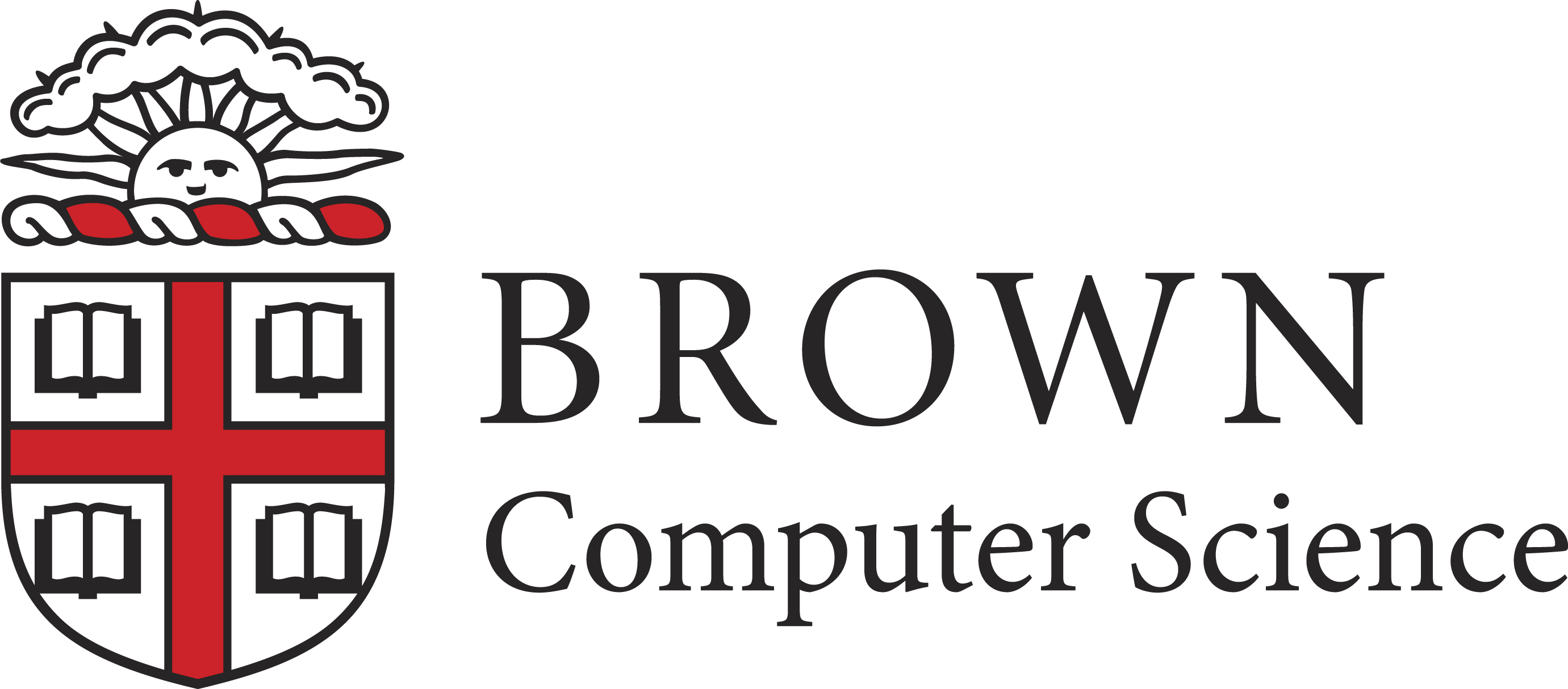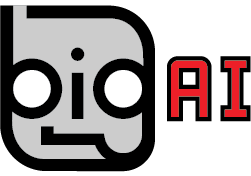The Fourier Basis
The Fourier basis is a simple, principled basis function scheme for
linear value function
approximation in reinforcement learning.
It has performed well over a wide range of problems,
despite its simplicity, and I now use it almost exclusively.
My advice
to fellow researchers who require function approximation
is that
the Fourier basis should be the first thing you try.
If a problem is small enough,
the Fourier basis
avoids the need for extensive problem-specific feature engineering.
For example, we have achieved good results on the Acrobot problem using
a Fourier basis of order between 5 and 9; contrast this with the
two
paragraphs describing a problem-specific tile-coding originally used
to solve the Acrobot.
For larger problems, the Fourier basis provides a generic but complete
basis function scheme suitable for feature selection.
For a single continuous state variable, , (scaled to ), the
th order Fourier basis is the set of basis functions defined as:
for . Thus, an order Fourier basis produces
basis functions, the first having value 1 everywhere.
The following pictures show a few example basis functions; note that, as
increases, the basis functions become higher frequency.

|

|

|

|
|
Univariate Fourier basis functions for and .
The basis function for is a constant.
|
For multivariate state spaces, where
φj(s) = cos(π cj · s),
where each cj is a length d coefficient vector, each element of which is an integer
between 0 and n. The basis is obtained by enumerating all such coefficient vectors.
A few
example basis functions for a 2D domain are shown below. Each element of the
cj vector specifies the basis function's frequency along the corresponding state variable; for example,
in a 2D domain, cj = [1, 2] results in a basis function with frequency 1 along
s1 and frequency
2 along s2. Setting a state variable's coefficient to zero results in a basis function that is invariant to changes
along that state dimension.
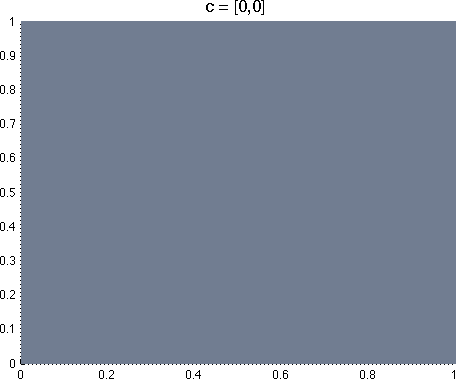
|

|
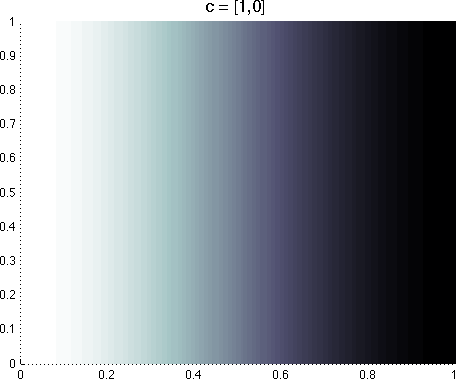
|
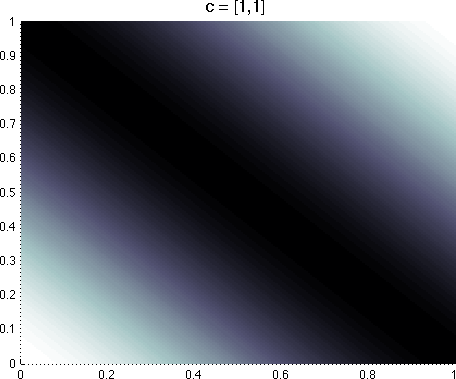
|

|
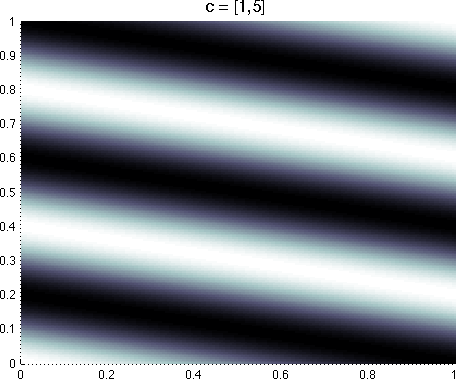
|
|
A few example Fourier basis functions defined over
two state variables. Lighter colors indicate a value closer to 1, darker
colors indicate a value closer to -1.
|
One caveat: when performing
gradient-descent style value function approximation (such as TD(λ)), we must
deal with the fact that some Fourier basis functions have much
higher frequencies than others, and scale their gradient descent step sizes
appropriately.
In practice, we've found that setting αi = α0/||ci||2,
where α0 is the base learning rate assigned to the
basis function with c0,
performs reliably well.
An nth order Fourier basis in a d-dimensional space has
(n + 1)d basis functions, and thus suffers the
combinatorial explosion in d
exhibited by all complete fixed basis methods. In a domain where d is sufficiently
small - perhaps less than 6 or 7 - we may simply pick an order n and enumerate all basis functions.
This amounts to an expectation that components
of the value function with frequency n or less are signal, and components with
higher frequency are noise.
For higher dimensional domains, we may reduce the size of the basis by placing restrictions on the
cj vectors. For example, we can include only
coefficient vectors with two or fewer non-zero elements; this is analogous to tile coding pairs of variables.
The paper describing the Fourier Basis is:
Source Code:
Here is
a list of papers using the Fourier basis, courtesy of Google Scholar.
|

